Dr GN Rao left behind a lucrative practice in the US to return to India and set up the LV Prasad Eye Institute in Hyderabad. He is now a renowned ophthalmologist in India and abroad. In 2020, Stanford University ranked him among the top two per cent of researchers in the world in ophthalmology and microbiology. Earlier this year, Dr GN Rao received the prestigious, Heroes of Public Health Award 2023 from the WHO.
(August 3, 2023) Back in September 2013, when the then President of the Republic of Liberia, Ellen Johnson Sirleaf, a Nobel Laureate (Peace), arrived in New Delhi to receive the Indira Gandhi Peace Prize, her itinerary comprised an equally pressing engagement — a visit to the LV Prasad Eye Institute (LVPEI) in Hyderabad. A year prior to her visit, her son had received treatment at the hospital. When Ellen visited the hospital and got a feel of the facilities first-hand, she was mighty impressed. She immediately sought the help of LVPEI founder chairman Dr Gullapalli Nageswara Rao for setting up similar eye care facilities back home.
Come 2018, Dr Rao helped establish the first formal eye-care system in the war-ravaged country. “The journey has been extremely gratifying with the Institute providing services to over 35 million people, particularly those from economically, socially and geographically disadvantaged backgrounds,” smiles Padmashri Dr GN Rao, taking time out from his busy schedule to speak exclusively to Global Indian.
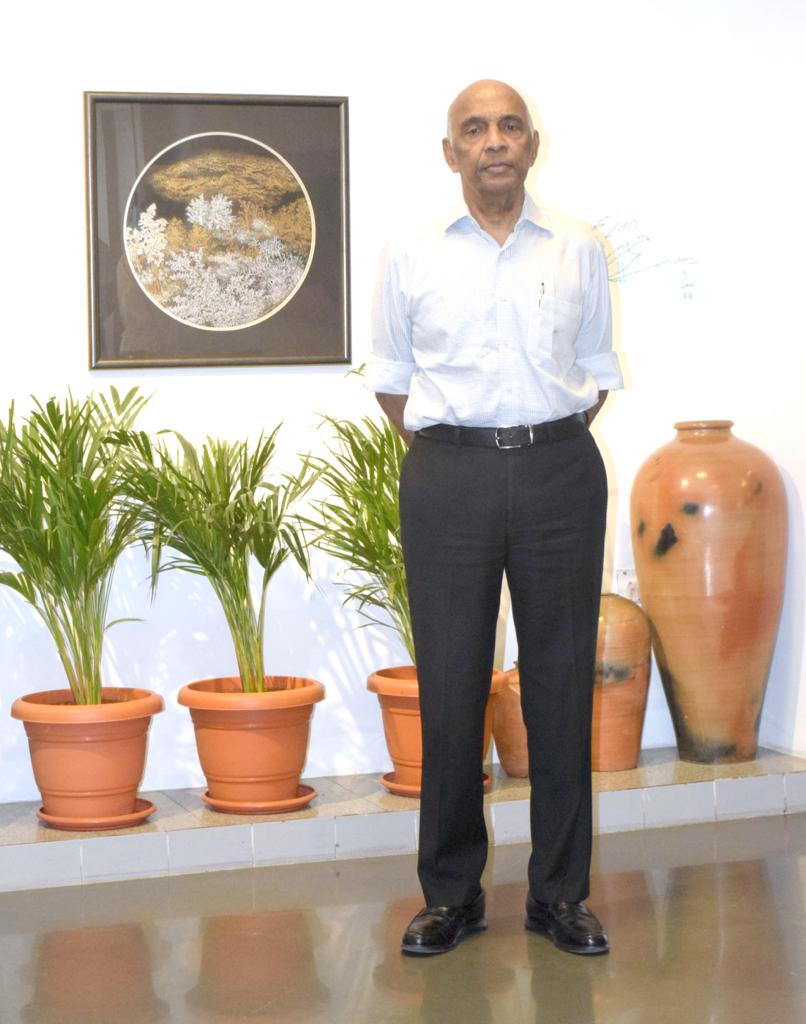
Dr. GN Rao, founder and chairman of the LVPEI.
LVPEI is the leading institution for eye research in the country and one of the best among the top 10 institutions in the world. People, not only from the country but across the globe seek the services of the prestigious institution. Recently, Dr GN Rao was recognised and used with the prestigious Heroes of Public Health Award 2023 by the World Health Organisation’s South-East Asia Regional Office. The award acknowledges his exceptional contribution to public health in the country.
“Our institute has made impactful contributions through our work, collaborations, education, public health and research,” says Dr Rao, referring to WHO’s recognition. LVPEI, he informs, is the biggest corneal transplantation centre in the world and their eye bank is the biggest in the Asia Pacific region and in the developing world. “Our collaborations, education, public health and extensive research in eye care are also the reasons behind the recognition,” says the 74-year-old.
Off to the US
Born in Chodavaram in Krishna district in Andhra Pradesh, Dr Rao was sent to his maternal uncle living in Edupagallu village near Vijayawada when he was three. He studied at a local school till class 8. Thereafter, he did his postgraduate residency training in Ophthalmology at the All India Institute for Medical Sciences (AIIMS), New Delhi. He then left for the United States of America in 1974 for training at the Tufts University School of Medicine in Boston.
“I aspired to become a doctor in my growing up years. My father too was an Ophthalmologist and I chose to follow in his footsteps,” says Dr Rao, who also trained and taught for a while at the Rochester School of Medicine in the US.
Setting up LVPEI
By 1980, he left behind a lucrative practice in the US and returned to India. Six years later, LVPEI was born. It was made possible largely through the donation of five-acre land in the upmarket Banjara Hills and Rs one crore by Ramesh, the son of the legendary film director LV Prasad.
“Providing quality eye care to all, irrespective of their ability to pay forms the core of our institution. Excellence with equity is the vision on which LVPEI was founded. It was my duty to give back to the country,” informs the specialist, whose exposure to the high standards of care in the US helped him a great deal in setting up and running LVPEI, the not-for-profit hospital, which is among the top 10 best eye care institutions in the world.
Specialised segment
Within five years of its inception, LVPEI gained a reputation as a top-notch institution in eye care. With that, expanded its operations. “A specialised segment of “Rehabilitation Programmes” for people with irreversible vision loss was launched. The idea was to provide all services related to eye care available under one umbrella,” says Dr Rao, who then began addressing the health care needs of people from rural and tribal areas.
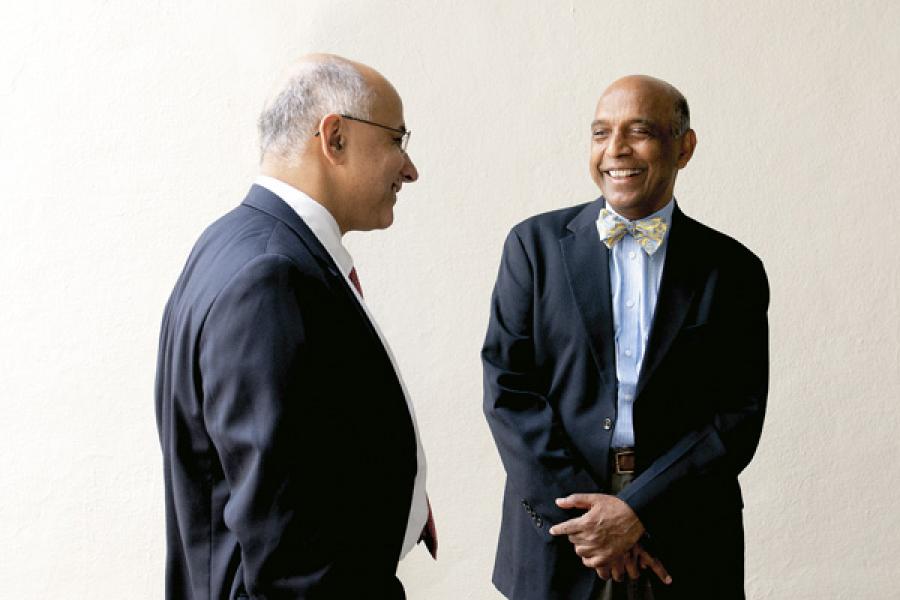
Dr. GN Rao with Subroto Bagchi. Image: Vikas Khot / Forbes.
By the mid-90s, Dr Rao and his team launched a cluster of secondary-level eye care centres, linked to the primary eye care vision centres, which went on to become the biggest network of eye care in the world. “Seeing the smiles on the faces of people who receive treatment at our institution is the most satisfying part,” says says the humble and soft-spoken medical professional, who has revolutionised eye care in India.
Along with high-quality eye care, LVPEI education academy has produced thousands of eye care professionals who are serving people in India and abroad.
Challenges
Setting up an institution of that magnitude came with its own set of challenges. “One of the main challenges was the availability of trained HR. We could overcome this by creating our own internal training programmes. It allowed us to create our own work culture,” says the widely respected ophthalmologist who was elected to the Ophthalmology Hall of Fame, instituted by the American Society of Cataract and Refractive Surgery in 2017.
Another challenge came in the form of getting the acceptance of the community for a different kind of healthcare culture and deploying new-age solutions. “Some systems and solutions were alien to the country which led to resistance and misunderstandings. But we remained focussed on quality care and overcame all challenges,” says Dr Rao, underlining the fact that making money was never a priority.
He says it’s their value system that led them to build high levels of credibility. “Not denying care to anyone, however complex their eye problem might be, whether they pay or not is the important part of that value system,” he says.
He feels good quality health care should be made available to everyone, irrespective of their socio-economic status. “Most people live in difficult situations and there is a need to model the health care systems to meet those requirements,” feels Dr Rao, a Fellow of the National Academy of Medical Sciences, India.
Future plans
After completion of LVPEI’s first 25 years, Dr Rao came up with a plan called “Next 25” under which are two broad projects — Creating Institutes of Excellence on major causes of blindness which act as Global Resource Centres and continuing to refine and improve primary eye care for the people. “We aim to achieve the goals by adopting current knowledge, techniques and technology while remaining relevant and impactful all the time.”
He believes creating and nurturing a high-quality workforce is fundamental to the institution’s sustainability. “Contentment is all that matters to me. It’s my life mantra,” adds the founder Chairman of LVPEI.
Dr GN Rao has received the degree of Doctor of Science (Honoris Causa) from the University of Melbourne, the International Blindness Prevention Award from the American Academy of Ophthalmology, and the AEBA award from the Association of Eye Bank of Asia. He also served as the International Agency for the Prevention of Blindness as a board member, secretary general (1998) and president (2004) on various occasions. Apart from training abroad, he is also serving as visiting professor at several universities in the United States, Europe, Australia and Asia. As of 2020, Dr Rao published more than 300 papers in peer-reviewed national and international journals and has served on the editorial boards of several journals. He has five honorary doctorates from Australia, the United Kingdom and India
Achievements
- 2012: Padma Shri
- 2017: Included in the Ophthalmology Hall of Fame at the meeting of the American Society of Cataract and Refractive Surgery (ASCRS), Los Angeles.
- Vision Excellence Award- The International Agency for the Prevention of Blindness
- World Cornea Congress Medal from the International Cornea Society for outstanding contribution to the field of cornea
- Invited Editorial for the 100th-year issue of the British Journal of Ophthalmology
- He was honoured with the institution of ‘Gullapalli N Rao – AIOS Endowment Lecture’ by the All India Ophthalmological Society
- 2006: International Blindness Prevention Award, by the Board of Trustees of the American Academy of Ophthalmology
Follow LV Prasad Eye Institute on LinkedIn


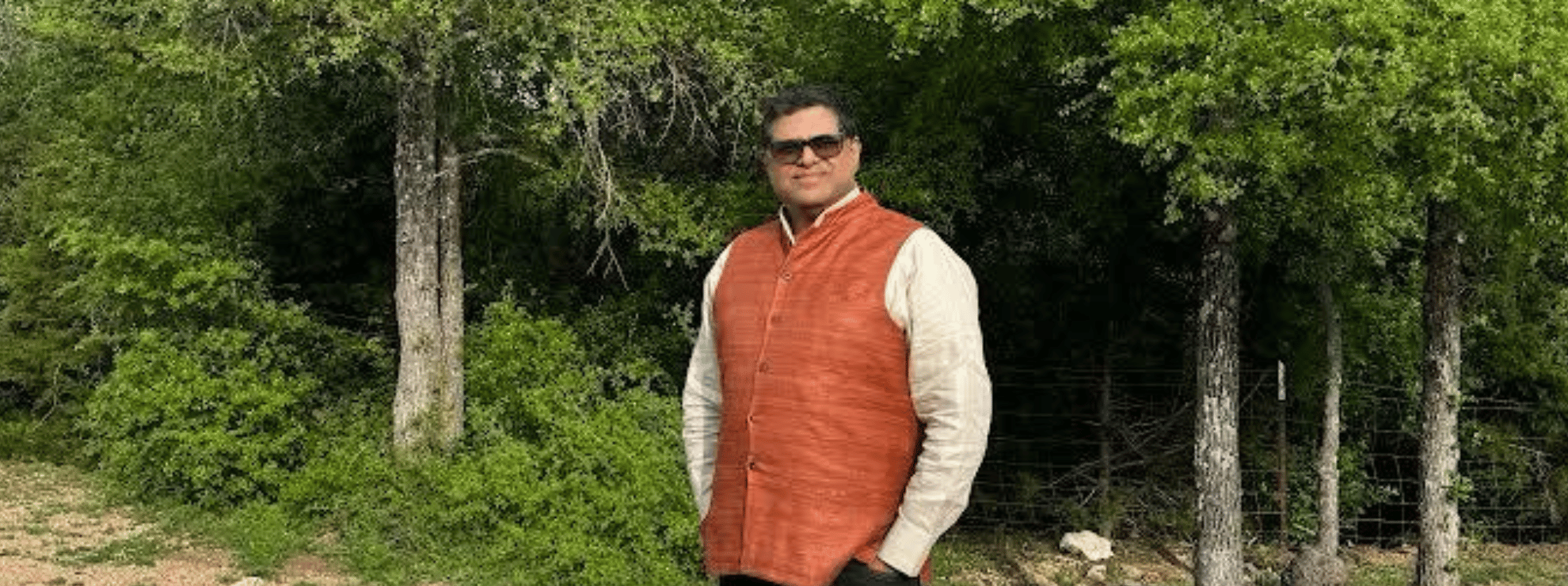
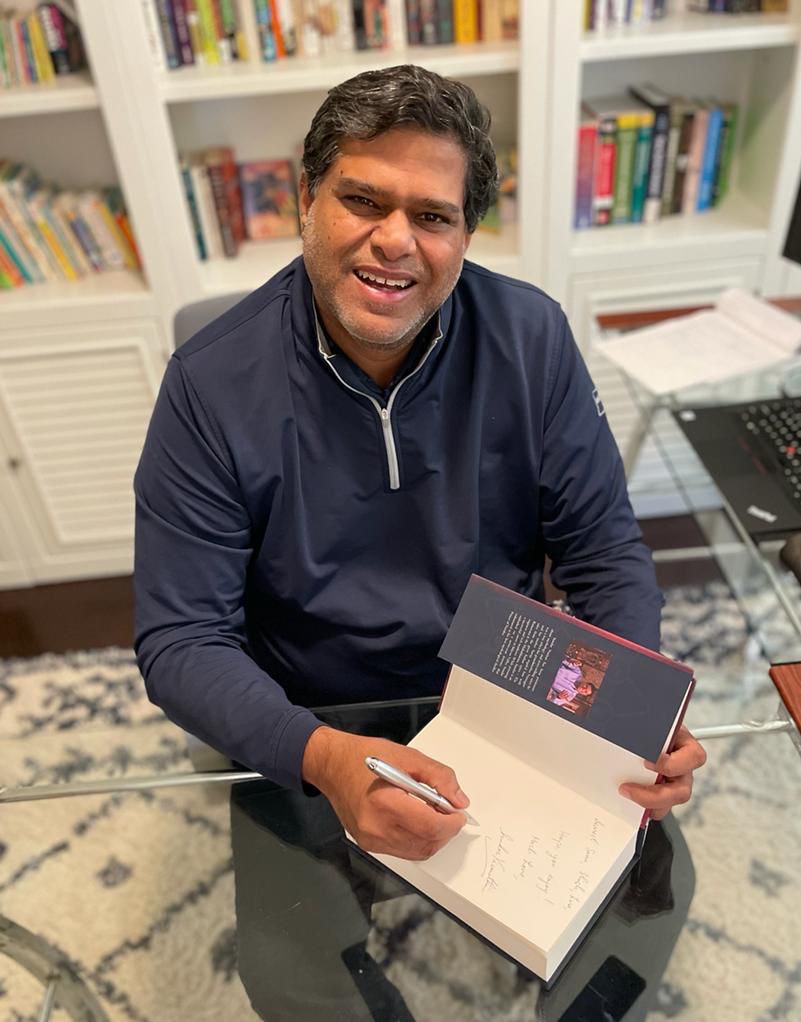 Sundar Nathan[/caption]
Sundar Nathan[/caption]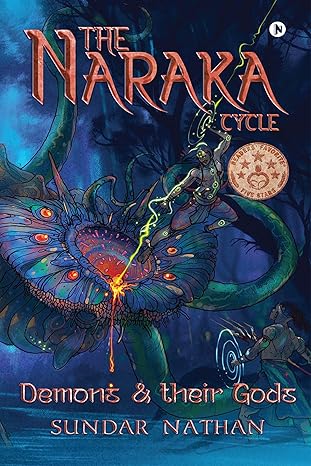 Book 2 of
Book 2 of 
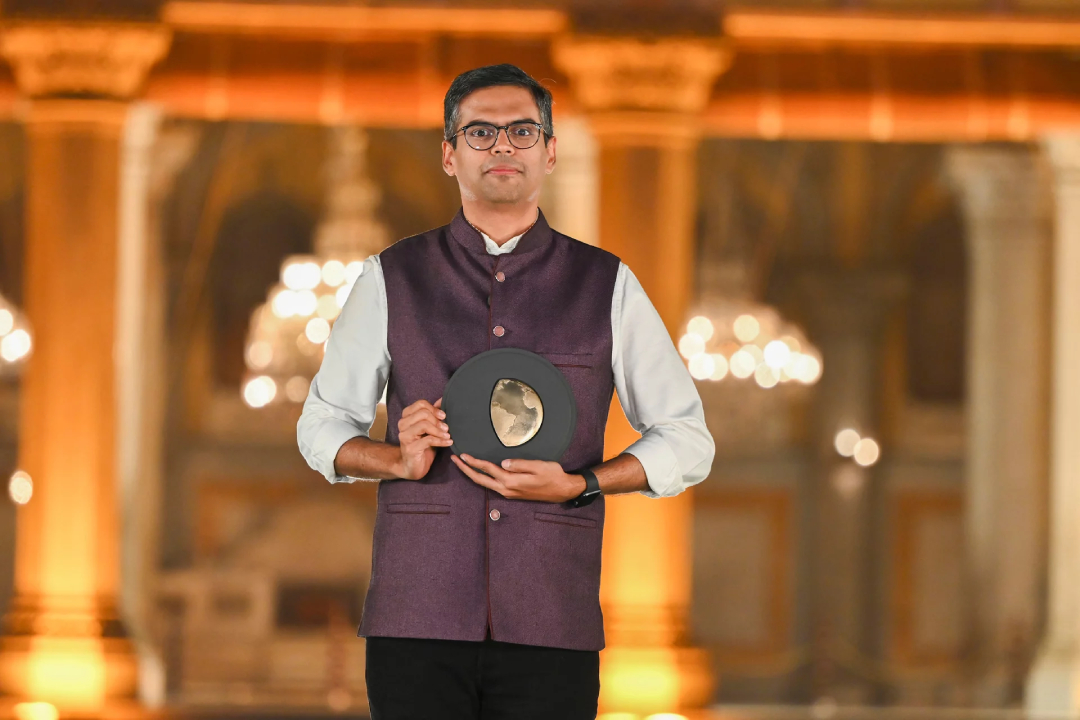 Kheyti's Kaushik Kappagantulu with the Earthshot Prize 2022[/caption]
Kheyti's Kaushik Kappagantulu with the Earthshot Prize 2022[/caption]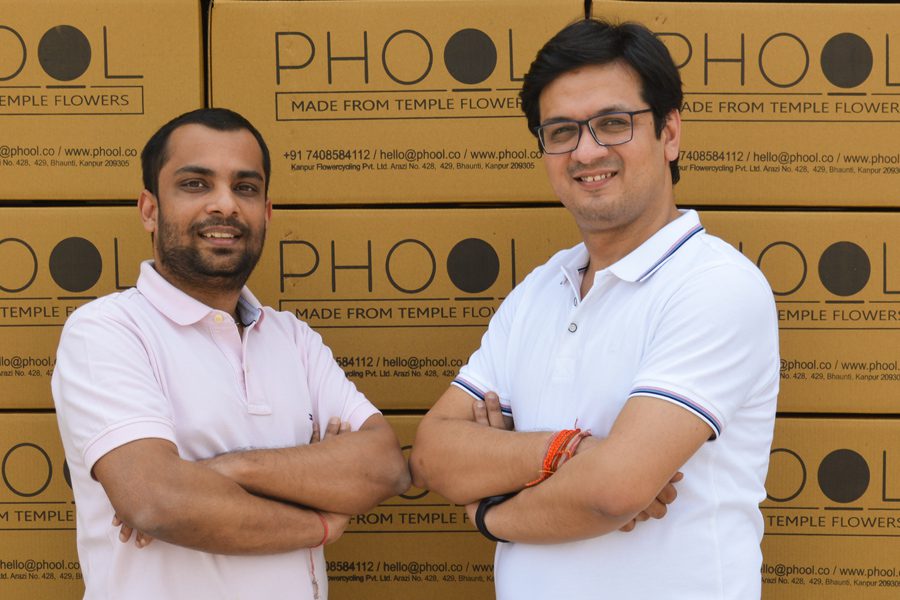 Ankit Agarwal and Prateek Kumar, the co-founders of Phool[/caption]
Ankit Agarwal and Prateek Kumar, the co-founders of Phool[/caption]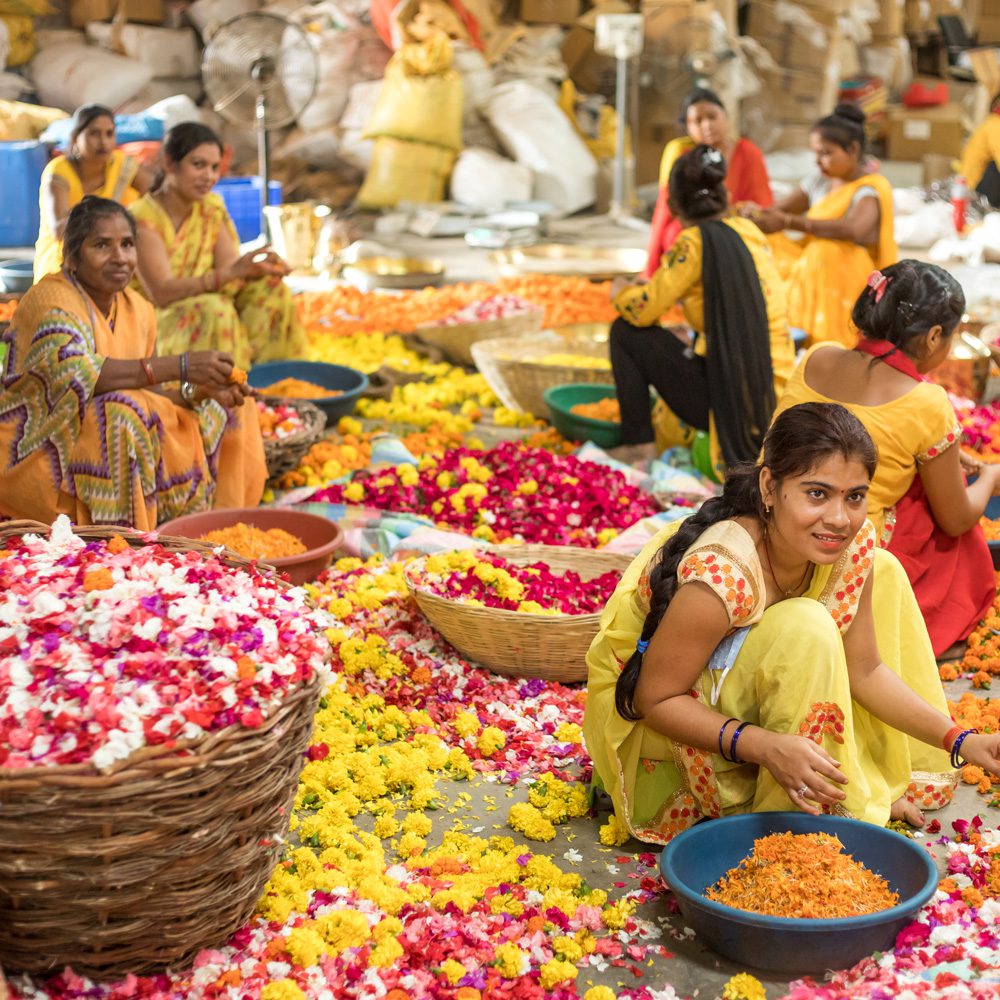
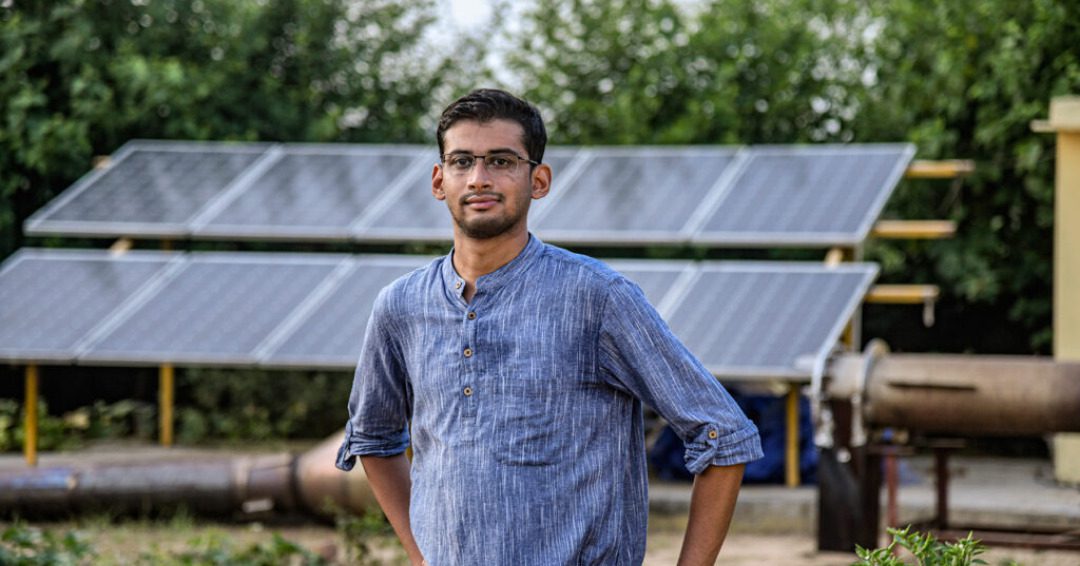 Takachar won the 2021 Earthshot Prize.[/caption]
Takachar won the 2021 Earthshot Prize.[/caption]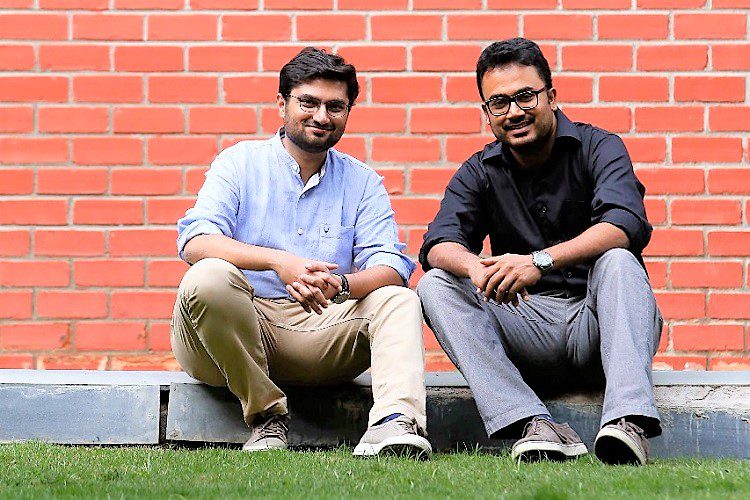 Mani Vajipeyajula and Rajkiran Madangopal, the founders of Banyan Nation[/caption]
Mani Vajipeyajula and Rajkiran Madangopal, the founders of Banyan Nation[/caption]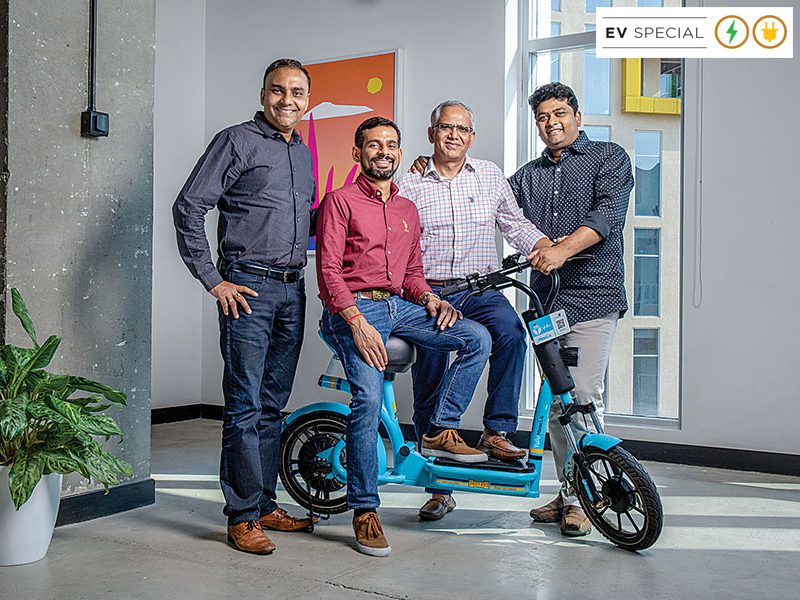 Hemant Gupta, Amit Gupta, RK Misra & Naveen Dachuri, the founders of Yulu[/caption]
Hemant Gupta, Amit Gupta, RK Misra & Naveen Dachuri, the founders of Yulu[/caption]
 Angry Flower Child by Santanu Hazarika[/caption]
Angry Flower Child by Santanu Hazarika[/caption]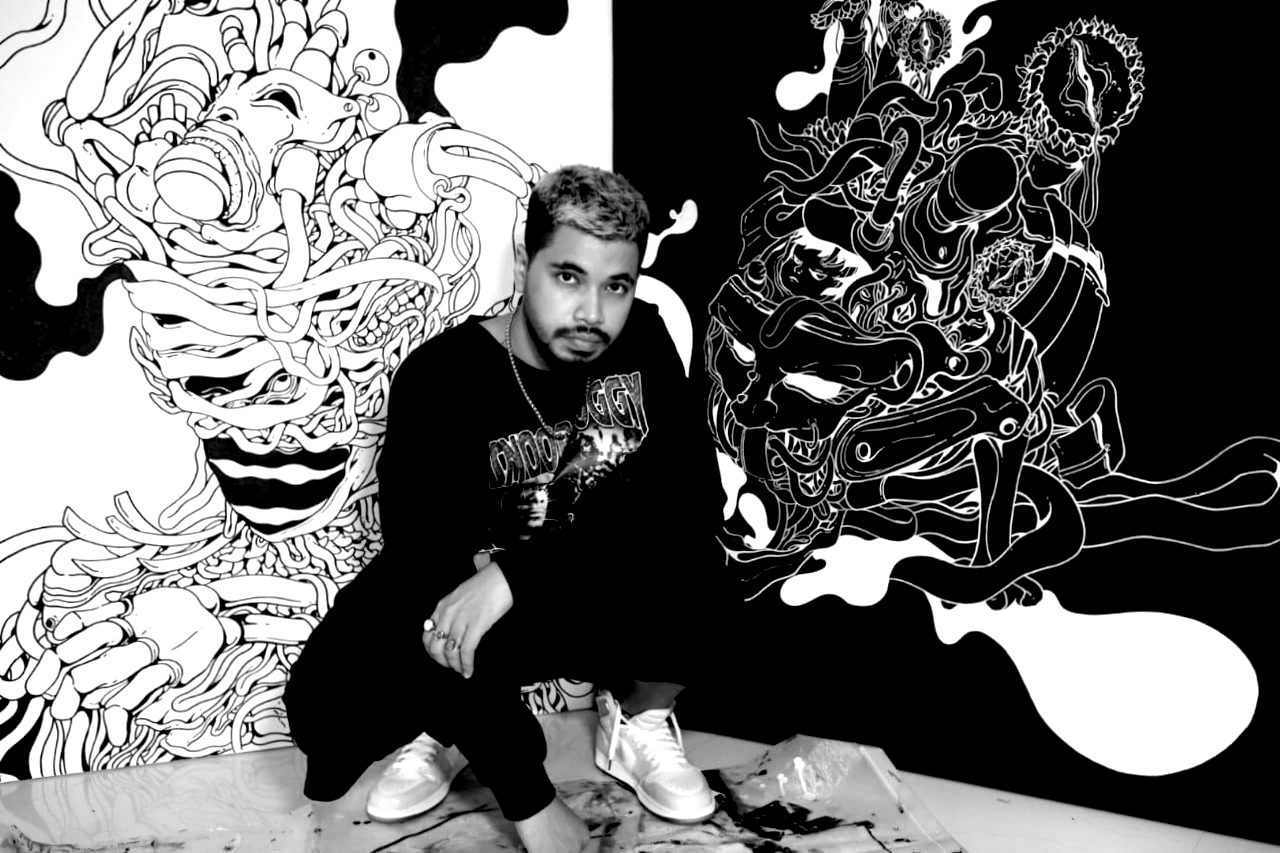 Visual artist Santanu Hazarika[/caption]
Visual artist Santanu Hazarika[/caption] Grin by Santanu Hazarika[/caption]
Grin by Santanu Hazarika[/caption]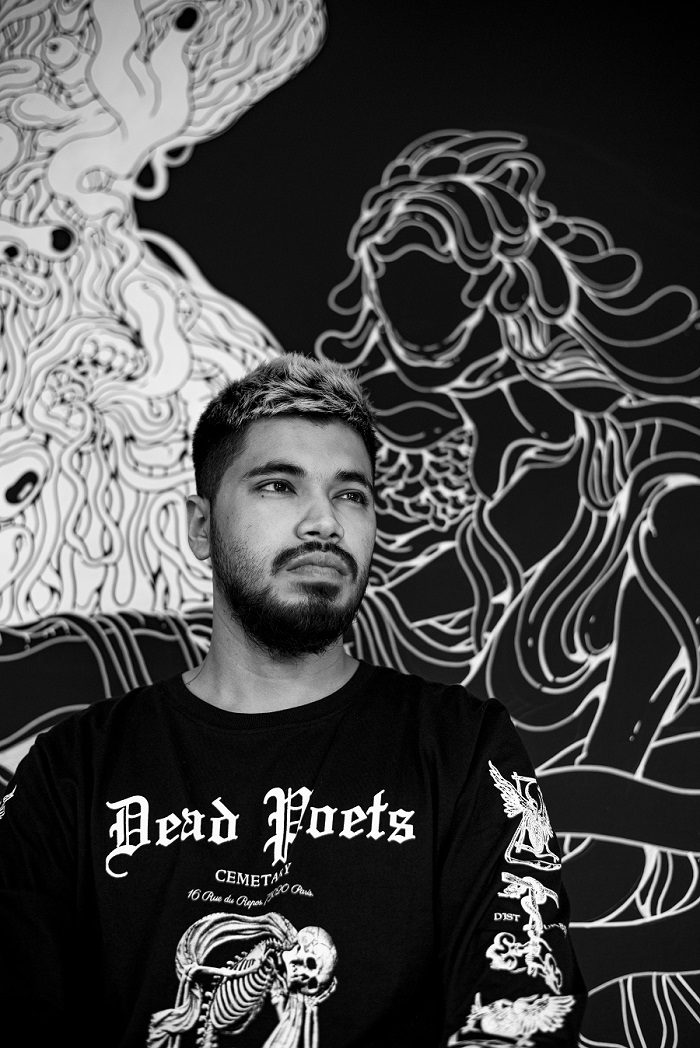 Visual artist Santanu Hazarika[/caption]
Visual artist Santanu Hazarika[/caption]
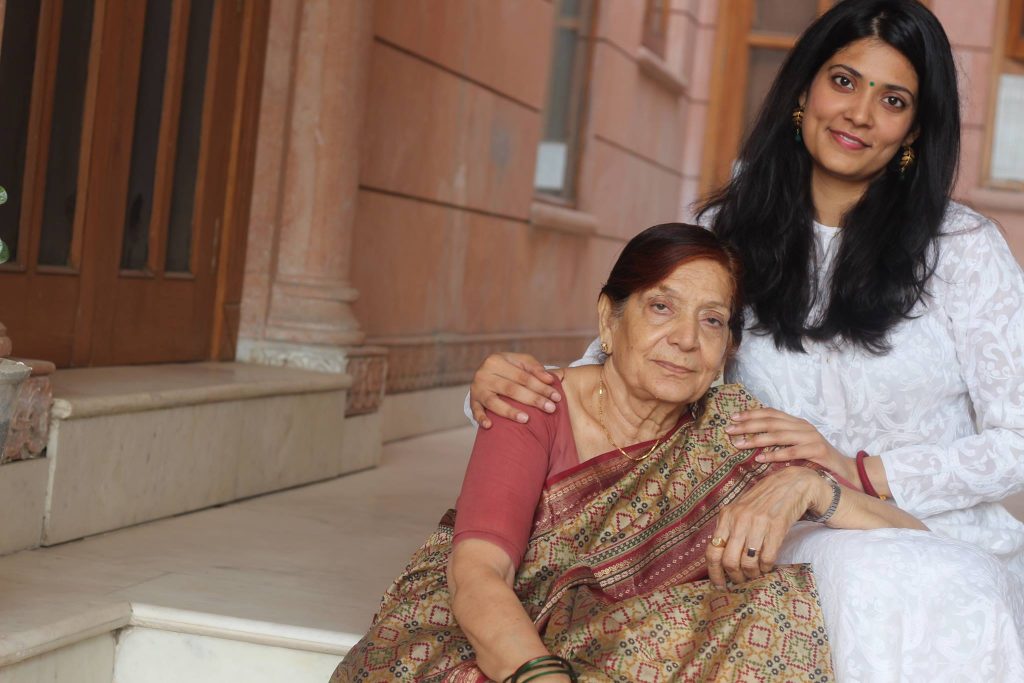

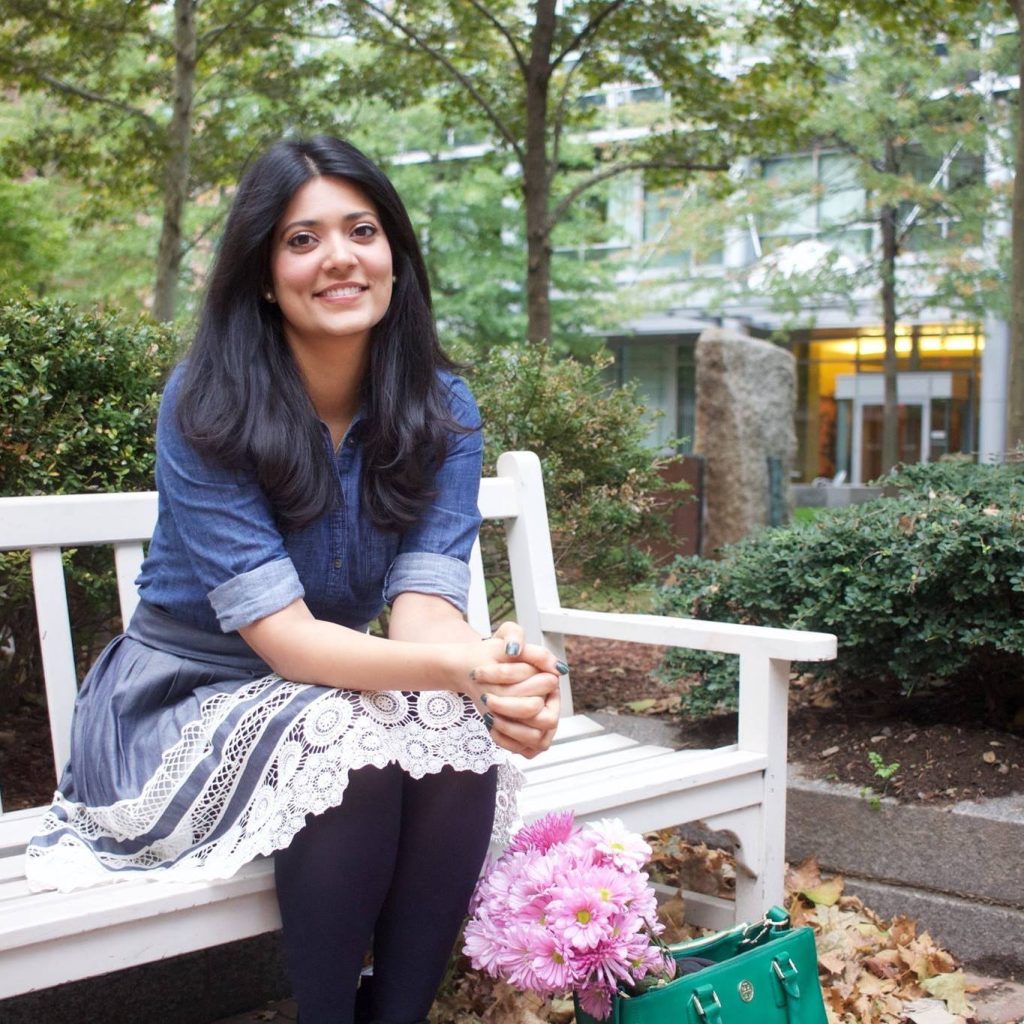

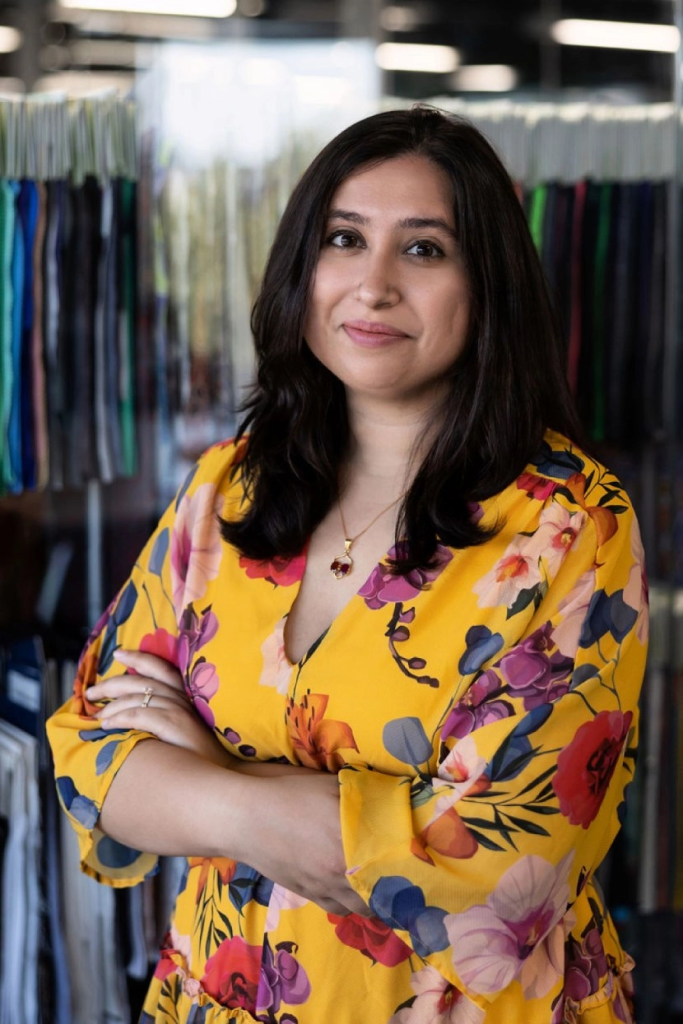 Sarika Bajaj, CEO and co-founder, Refiberd[/caption]
Sarika Bajaj, CEO and co-founder, Refiberd[/caption] Tushita Gupta, CTO and co-founder, Refiberd[/caption]
Tushita Gupta, CTO and co-founder, Refiberd[/caption]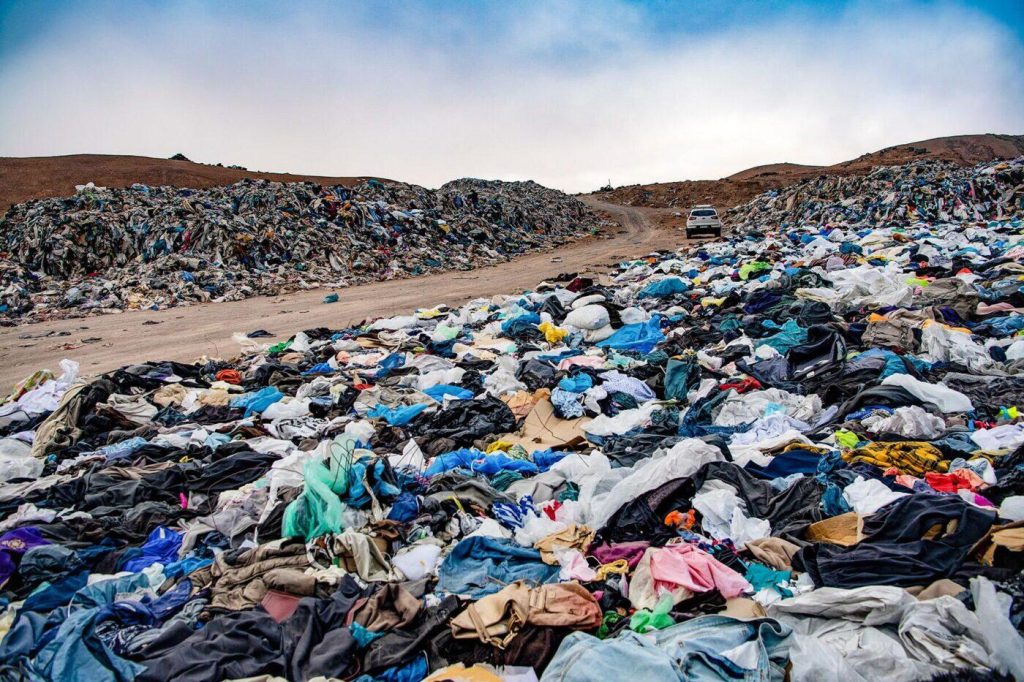 The clothing dump for fast fashion in the Atacama Desert, Chile[/caption]
The clothing dump for fast fashion in the Atacama Desert, Chile[/caption]